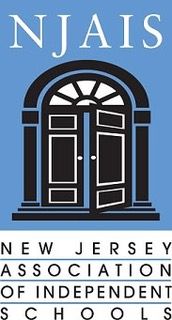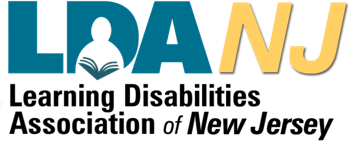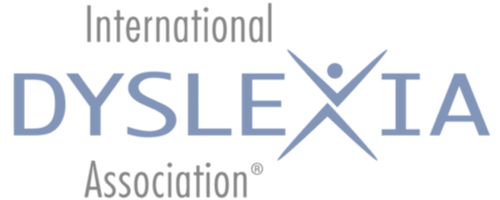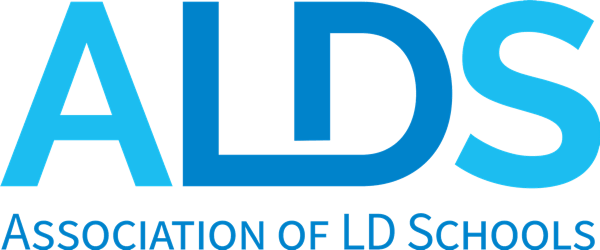Reading comprehension provides a path for our students to identify simple facts presented in texts; make judgments or evaluate the contents of texts; and finally, connect one text to other texts or situations. Simply, reading comprehension allows our students to make meaning from what they read. Structured literacy programs, such as what we provide at The Craig School, address fluency instruction distinctly from the components of structural language that we, as parents and educators, may hear spoken of often, such as phonemes, morphemes, syntax, and semantics. Fluency, however, is much more complex than “automaticity” or decoding a word at a steady rate without any additions, substitutions, or omissions.
Reading fluency has three major components — a) accuracy, b) rate of reading and c) prosody — and each needs attention. When students can decode unfamiliar words accurately, use context to help correct errors in word reading, and have mastered several sight words, they are said to be accurate readers. Rate of reading can be defined as one’s ability to recognize words automatically or almost automatically, to read at a sufficient rate per minute, and to maintain rate or adjust rate in accordance with increasingly more difficult texts. Finally, prosody, or expression, is how the student attends to punctuation. It is a measure of phrasing, intonation, and timing, and it is the vehicle in which students express and communicate the meaning of the text.
Fluency is measured through informal and formal means, such as curriculum-based measurements (CBM) such as the Hasbrouck-Tindal Oral Reading Fluency (ORF), or a norm-referenced assessment, such as the Group Reading Assessment and Diagnostic Evaluation (GRADE), both among evaluation tools used at The Craig School. The benefit of an informal assessment is screening and progress monitoring. When used as progress monitoring tools, the extent to which the student is improving from the instruction and intervention is measured. Having a clearer picture of the student’s progress allows our reading and Orton Gillingham teachers to adjust programs and goals or to determine if they should stay the course. It allows us to be responsive to the instructional needs of our students in a thoughtful and timely manner. Norm-referenced assessments, such as the GRADE, include measures of reading comprehension, language comprehension, semantics, decoding, cipher knowledge and letter knowledge, and provide benchmarks from which to build a comprehensive, customized reading program.
Once we have a gauge of where the student is in terms of reading fluency, the instructional program shifts to the student’s specific needs so that the student begins to read with ease and can devote all of his or her attention to comprehension. For students with dyslexia, a great amount of energy is placed on decoding or word identification. Little is left for understanding what was read. Moreover, a reduced rate of reading increases subsequent challenges with comprehension. However, as Janet Cozine, longtime director of the Lower School and Middle School, noted, “Fluent reading increases comprehension, but parents, what you need to realize is if we push students to read faster than they can comprehend, it is counterproductive.” Reading and Orton Gillingham teachers engage in a delicate dance to balance all five core components of reading — phonemic awareness, phonics, fluency, vocabulary, and comprehension (National Reading Panel) — and to do so in a manner that is uniquely suited to the needs of the individual student.
Fluency takes practice and the best practice is through oral reading. You, too, should read aloud to your student as explicit modeling of fluent reading (e.g., “I do, We do, You do” method) is one of the most effective ways of improving read- ing fluency (Chard, Vaughn, & Tyler, 2002). Don’t forget the power of positive and meaningful feedback as an effective tool as well. Fluency practice applies not only to our students in the lower school but also to our middle and high school students. Teens may improve their fluency through listening to an adult read a text aloud to model fluent reading, by reading along with an audiobook, or by partner-reading when studying for an upcoming test.
By opening the door to fluency, our students explore a new world of understanding and can benefit from, and perhaps even learn to enjoy, the process of reading, resulting in high- er levels of student engagement and motivation.
Currently celebrating its 42nd anniversary, The Craig School is an independent school that specializes in working with students with language-based learning differences in grades two through 12. The Craig School’s program features proven, research-based learning strategies based on a comprehensive, whole-child approach and multisensory instructional strategies. Our tools allow students to build their academic foundations, increase their ability to be active and independent learners, and develop a sense of who they are as individuals and students. Visit us at craigschool.org.
For more information on ways of giving or to make a donation online you can clicking here.





